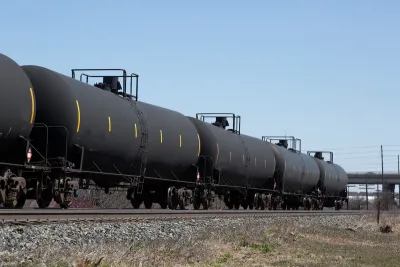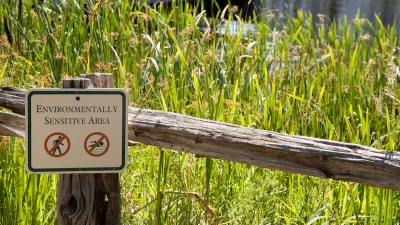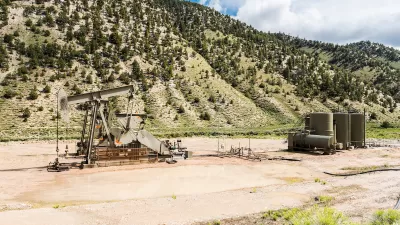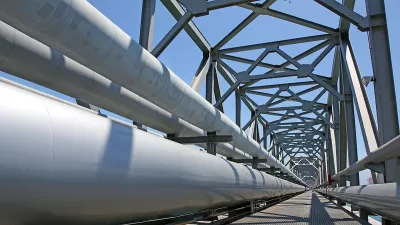The decision limits the scope of a federal law that mandates extensive environmental impact reviews of energy, infrastructure, and transportation projects.

Editor’s note: The original piece incorrectly stated the project in question was a pipeline, not a rail line. We have amended the article to reflect this correction on June 10, 2025.
A Supreme Court decision in favor of a proposed Utah rail line designed to move crude oil will likely have sweeping implications for other energy, transportation, and infrastructure projects. According to reporting by Nina Totenberg for NPR, “The decision makes it easier to win approval for highways, bridges, pipelines, wind farms and other infrastructure projects.”
The ruling concerns a proposed railway in Utah’s Uinta Basin, which was approved by the Surface Transportation Board (STB). “The U.S. Court of Appeals in Washington subsequently ruled that the Board had violated NEPA, by failing to consider the environmental effects from oil drilling and production, referred to as upstream, and oil refining and distribution, known as downstream.”
The Supreme Court’s reversal of that decision signals a rollback of NEPA’s powers. The act has been frequently used by environmental and community activists to block harmful projects and ensure that officials evaluate all the potential impacts of a project.
FULL STORY: Supreme Court limits environmental reviews of infrastructure projects

Planetizen Federal Action Tracker
A weekly monitor of how Trump’s orders and actions are impacting planners and planning in America.

Congressman Proposes Bill to Rename DC Metro “Trump Train”
The Make Autorail Great Again Act would withhold federal funding to the system until the Washington Metropolitan Area Transit Authority (WMATA), rebrands as the Washington Metropolitan Authority for Greater Access (WMAGA).

The Simple Legislative Tool Transforming Vacant Downtowns
In California, Michigan and Georgia, an easy win is bringing dollars — and delight — back to city centers.

Albuquerque’s Microtransit: A Planner’s Answer to Food Access Gaps
New microtransit vans in Albuquerque aim to close food access gaps by linking low-income areas to grocery stores, cutting travel times by 30 percent and offering planners a scalable model for equity-focused transit.

This City Will Pay You to Meet Your Neighbors
A North Kansas City grant program offers up to $400 for residents to throw neighborhood block parties.

Commentary: Our Silence Will Not Protect Us
Keeping our heads down and our language inoffensive is not the right response to the times we’re in. Solidarity and courage is.
Urban Design for Planners 1: Software Tools
This six-course series explores essential urban design concepts using open source software and equips planners with the tools they need to participate fully in the urban design process.
Planning for Universal Design
Learn the tools for implementing Universal Design in planning regulations.
Smith Gee Studio
City of Charlotte
City of Camden Redevelopment Agency
City of Astoria
Transportation Research & Education Center (TREC) at Portland State University
US High Speed Rail Association
City of Camden Redevelopment Agency
Municipality of Princeton (NJ)





























